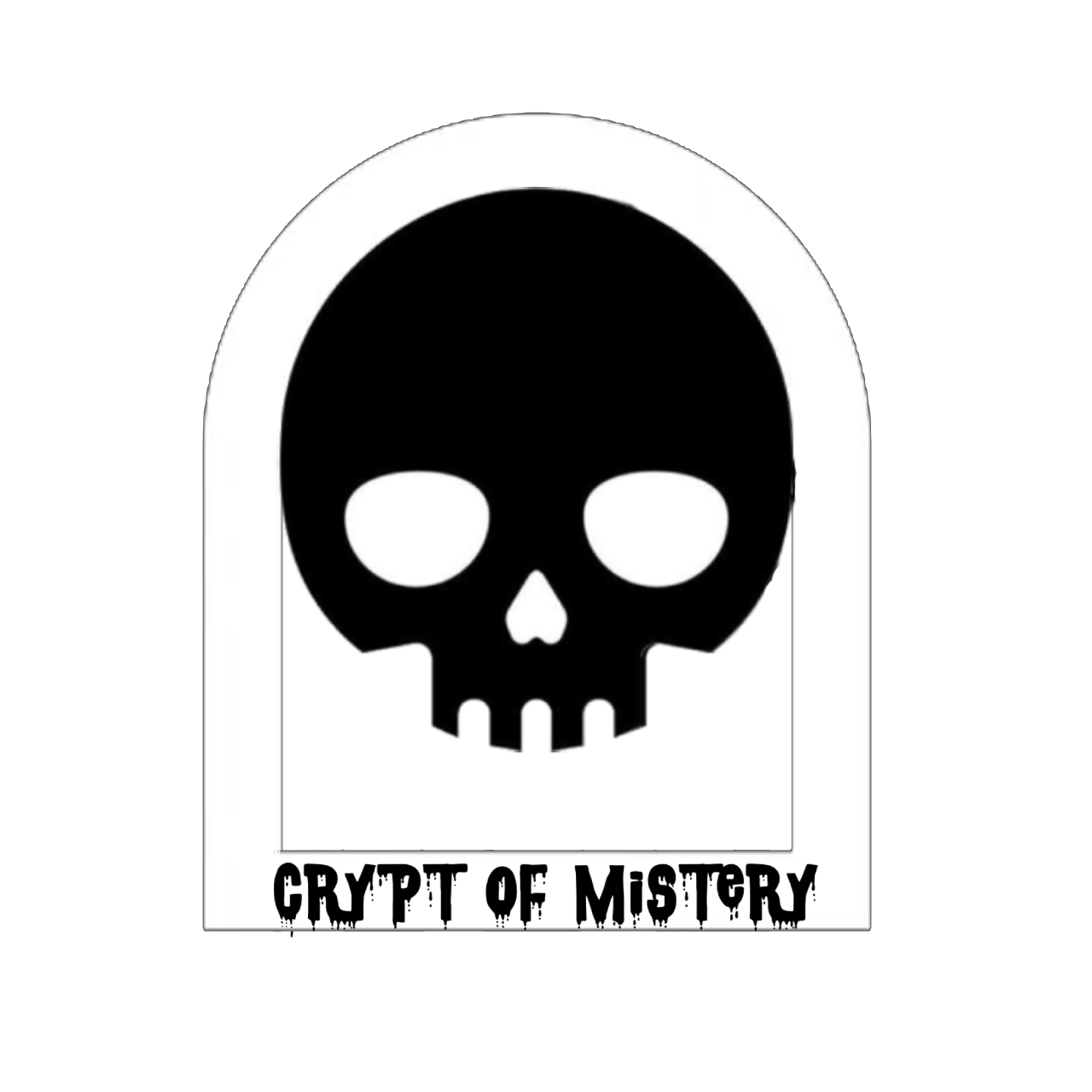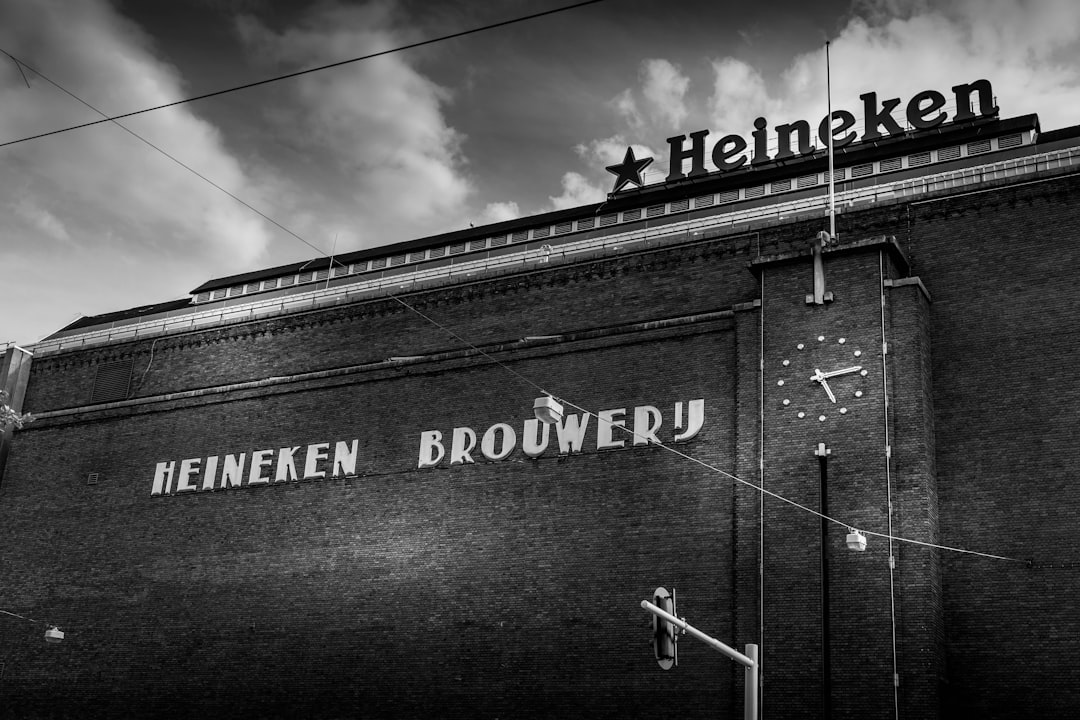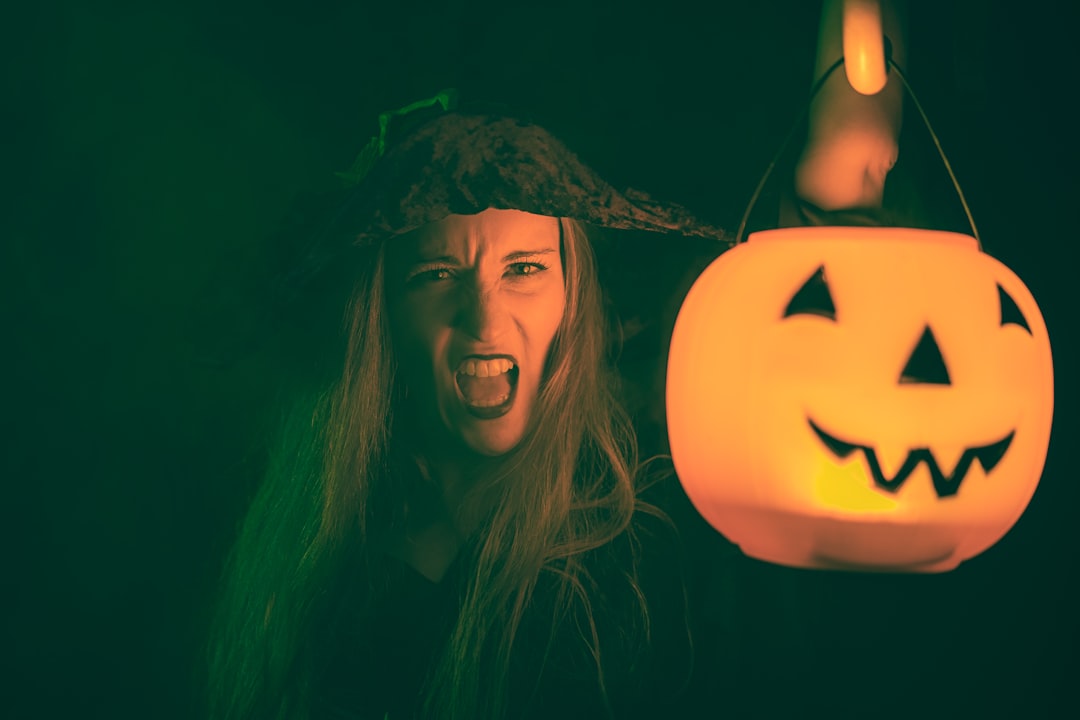Witchcraft is a practice that has fascinated and intrigued people for centuries. It is a complex and mysterious art that has its roots in ancient beliefs and practices. Understanding the origins and evolution of witchcraft is important in order to appreciate the significance it holds in various cultures and societies. This article will delve into the history of witchcraft, exploring its origins, the misconceptions surrounding it, the role of women in witchcraft, the power of spells and incantations, the witches’ sabbath, the Salem witch trials, the modern-day witch, the tools of the trade, the connection between witchcraft and nature, and finally, the future of witchcraft.
Key Takeaways
- Witchcraft has ancient roots and can be traced back to prehistoric times.
- The Dark Ages saw widespread persecution of witches, fueled by misconceptions and fear.
- Women have played a significant role in witchcraft, challenging stereotypes and empowering females.
- Spells and incantations are a real part of witchcraft, but their power is often exaggerated in popular culture.
- The Witches’ Sabbath is a misunderstood concept, with many myths surrounding this mysterious gathering.
The Origins of Witchcraft: Tracing the Roots of a Mysterious Practice
The origins of witchcraft can be traced back to prehistoric and ancient beliefs and practices. In these early societies, witchcraft was often associated with fertility rituals, healing practices, and divination. Pagan religions and mythology also played a significant role in shaping the practice of witchcraft. Many pagan deities were associated with magic and sorcery, and their worship often involved rituals and spells.
The emergence of witchcraft as we know it today can be attributed to medieval Europe. During this time, there was a shift in religious beliefs and practices, with Christianity becoming the dominant religion. As a result, pagan practices were demonized and associated with evil. This led to the persecution of those who practiced witchcraft, as they were seen as heretics or servants of the devil.
The Dark Ages of Witchcraft: Persecution and Misconceptions
The Middle Ages were a dark time for those accused of practicing witchcraft. The witch hunts and trials that took place during this period resulted in the torture and execution of thousands of innocent people. These trials were often based on superstition, fear, and ignorance rather than concrete evidence.
Misconceptions and stereotypes about witches were prevalent during this time. Witches were believed to have made pacts with the devil, to have the ability to fly, and to engage in sexual acts with demons. These misconceptions were fueled by religious propaganda and the fear of the unknown.
The impact of the witch trials on the practice of witchcraft cannot be overstated. Many practitioners went into hiding or abandoned their craft altogether for fear of persecution. The knowledge and traditions that had been passed down for generations were lost, and the practice of witchcraft became shrouded in secrecy.
The Role of Women in Witchcraft: Breaking Stereotypes and Empowering Females
| Metrics | Data |
|---|---|
| Number of women practicing witchcraft | Unknown |
| Percentage of women in leadership positions in witchcraft communities | Varies |
| Number of books written by women on witchcraft | Unknown |
| Number of women persecuted for practicing witchcraft historically | Unknown |
| Number of women currently persecuted for practicing witchcraft | Unknown |
| Number of women who feel empowered by practicing witchcraft | Unknown |
| Number of women who have used witchcraft for activism or social justice causes | Unknown |
Throughout history, witchcraft has been associated with women. This association can be traced back to ancient times when women were often the healers, midwives, and spiritual leaders of their communities. The patriarchal society of medieval Europe saw these powerful women as a threat to their authority and sought to suppress them.
In modern witchcraft, women continue to play a significant role. Many women are drawn to witchcraft as a means of reclaiming their power and connecting with their ancestral roots. Witchcraft provides a space for women to explore their spirituality, embrace their intuition, and challenge societal norms.
The empowering nature of witchcraft for women cannot be understated. It allows them to tap into their inner strength, embrace their sexuality, and challenge traditional gender roles. Witchcraft provides a sense of community and sisterhood, where women can support and uplift one another.
The Power of Spells and Incantations: Separating Fact from Fiction
Spells and incantations are an integral part of witchcraft. They are used to manifest desires, communicate with spirits, and protect oneself from harm. While some may dismiss spells as mere superstition or fantasy, there is scientific evidence to suggest that they can be effective.
The use of spells and incantations can be traced back to ancient times when they were used as a means of invoking the gods and goddesses. Today, spells are often used to manifest specific outcomes or to bring about positive change in one’s life.
The effectiveness of spells lies in the power of intention and belief. When a spell is cast with a clear intention and a strong belief in its success, it can have a profound impact on the individual casting it. This is known as the placebo effect, where the belief in a treatment or ritual can lead to real physiological and psychological changes.
The Witches’ Sabbath: Debunking the Myths Surrounding this Mysterious Gathering

The witches’ sabbath is a concept that has captured the imagination of many. It is often depicted as a gathering of witches in the dead of night, engaging in rituals and communing with spirits. However, the reality of the witches’ sabbath is far different from these popular depictions.
The history and significance of the witches’ sabbath can be traced back to pagan rituals and celebrations. These gatherings were often held during significant times of the year, such as the solstices and equinoxes, and were a way for practitioners to connect with nature and honor their deities.
Common misconceptions and myths about the witches’ sabbath have been perpetuated by religious propaganda and sensationalized media portrayals. The reality is that modern-day sabbath celebrations are often peaceful and respectful gatherings where practitioners come together to celebrate their spirituality and connect with like-minded individuals.
The Witch Trials of Salem: An In-Depth Look at One of History’s Most Infamous Events
The Salem witch trials are one of history’s most infamous events. They took place in colonial Massachusetts in the late 17th century and resulted in the execution of 20 people accused of practicing witchcraft.
The trials were fueled by religious hysteria, fear, and social tensions. The accused were often women who did not conform to societal norms or who were seen as a threat to the established order. The trials were marked by false accusations, coerced confessions, and a lack of due process.
The impact of the Salem witch trials on the practice of witchcraft was significant. Many practitioners went into hiding or abandoned their craft altogether for fear of persecution. The trials also perpetuated stereotypes and misconceptions about witches, further stigmatizing the practice.
The Modern-Day Witch: Examining the Evolution of Witchcraft in the 21st Century
In recent years, there has been a resurgence of interest in witchcraft and paganism. Modern witchcraft, often referred to as Wicca, is a diverse and eclectic practice that draws inspiration from various traditions and beliefs.
The growth and popularity of modern witchcraft can be attributed to several factors. The rise of social media has allowed practitioners to connect with one another and share their knowledge and experiences. The increasing acceptance and tolerance of alternative spiritual practices have also contributed to the growth of modern witchcraft.
Modern witchcraft is a highly individualized practice, with practitioners incorporating elements from various traditions and belief systems. It is a fluid and evolving practice that encourages personal exploration and growth.
The Tools of the Trade: Understanding the Significance of Brooms, Cauldrons, and Other Witchcraft Implements
Witchcraft is often associated with various tools and implements, such as brooms, cauldrons, and athames. These tools have symbolic significance and are used in rituals and spellwork.
Brooms are often associated with witches due to their historical use in fertility rituals and healing practices. They are also seen as a symbol of transformation and protection. Cauldrons are another common tool in witchcraft, symbolizing the womb of the goddess and the transformative power of fire.
The practical uses of witchcraft tools vary depending on the individual practitioner and their specific tradition. Brooms can be used for cleansing and purifying spaces, while cauldrons can be used for brewing potions and mixing herbs. Athames, which are ritual knives, are often used to direct energy and cast circles.
The Connection Between Witchcraft and Nature: Exploring the Spiritual Relationship between Witches and the Environment
Nature plays a central role in witchcraft. Many practitioners see themselves as stewards of the earth and have a deep spiritual connection with the natural world. This connection is rooted in ancient beliefs and practices that honored the cycles of nature and the spirits that dwelled within it.
Witchcraft encourages practitioners to observe and connect with the natural world. This can be done through practices such as gardening, herbalism, and spending time in nature. Many witches also incorporate elements from nature, such as herbs, crystals, and animal symbolism, into their rituals and spellwork.
The role of environmentalism in modern witchcraft cannot be understated. Many witches see themselves as advocates for the earth and work to promote sustainability and conservation. They recognize the interconnectedness of all living beings and strive to live in harmony with nature.
The Future of Witchcraft: Predicting the Trends and Changes in the World of Witchcraft and Paganism
The future of witchcraft is an exciting and uncertain one. As society becomes more accepting of alternative spiritual practices, it is likely that witchcraft will continue to grow in popularity. The rise of social media has allowed practitioners to connect with one another and share their knowledge, leading to a greater diversity of practices.
The impact of social and political changes on witchcraft cannot be ignored. As society becomes more inclusive and diverse, it is likely that witchcraft will become more accessible to marginalized communities. There may also be a shift towards more socially conscious forms of witchcraft that focus on activism and social justice.
Predicting the future of witchcraft and paganism is difficult, as it is a practice that is constantly evolving and adapting. However, one thing is certain: witchcraft will continue to be a source of empowerment, healing, and spiritual growth for those who practice it.
In conclusion, the history and evolution of witchcraft is a fascinating and complex subject. From its ancient origins to its modern-day practices, witchcraft has played a significant role in various cultures and societies. Understanding and respecting the practice of witchcraft is important in order to appreciate its significance and the empowerment it provides to those who practice it. As we look towards the future, it is likely that witchcraft will continue to evolve and adapt to the changing social and political landscape, providing a source of empowerment and spiritual growth for generations to come.
FAQs
What is witchcraft?
Witchcraft is a practice that involves the use of magic, spells, and rituals to achieve a desired outcome. It is often associated with the worship of nature and the elements.
What is a witch?
A witch is a person who practices witchcraft. They may be male or female and come from any background or culture.
What are some common beliefs about witches?
Some common beliefs about witches include that they have supernatural powers, can cast spells, and worship the devil. However, these beliefs are often based on myths and stereotypes rather than reality.
What is the history of witchcraft?
Witchcraft has a long and complex history that dates back to ancient times. It has been practiced in many cultures and has been both celebrated and persecuted throughout history.
What is the difference between white magic and black magic?
White magic is often associated with healing, protection, and positive outcomes, while black magic is associated with harm, revenge, and negative outcomes. However, these distinctions are not always clear-cut and can vary depending on the practitioner and their intentions.
What is the role of witches in modern society?
In modern society, witches may practice their craft privately or as part of a larger community. Some may use their skills to help others, while others may focus on personal growth and spiritual development. Witches may also be involved in activism and social justice causes.







